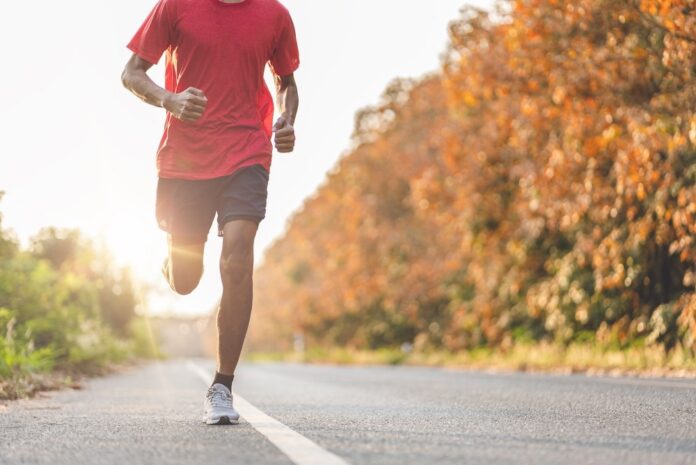When embarking on a run, you gear up with the perfect pair of shoes. But have you ever paused to consider the unsung hero of your running ensemble: the socks?
While they may seem inconsequential, the choice of socks can substantially influence your running experience.
Comfort, performance, and foot health hinge not just on your shoes but also on the socks enveloping your feet. Beyond just being a barrier between your feet and shoes, socks play a dynamic role in cushioning, moisture management, and injury prevention.
Benefits of Wearing Proper Running Socks
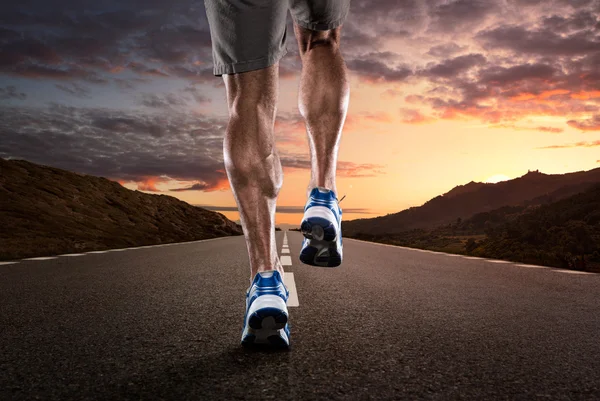
The allure of specialized running socks extends beyond their chic designs. They’re a fusion of science and comfort, crafted to cater to the athlete in you. First and foremost, these socks drastically reduce the onset of blisters.
Their unique build diminishes friction, safeguarding your feet during those extra miles. Secondly, their superior moisture-wicking capabilities ensure your feet remain dry, a crucial factor in extended runs where sweat can be a detriment.
Lastly, imagine running with socks tailored to your feet, offering targeted support and cushioning; that’s the bespoke comfort these specialized socks provide. This is why you need to consider anti blister low running socks from the get-go.
Different Types of Running Socks
In the vast ocean of running socks, several types stand out, each catering to unique needs and environments:
- Low-cut: These are the subtle companions of your run, peeking just above your shoes. Their minimalistic design ensures maximum breathability, making them the top pick for warmer climes.
- Crew: Rising up to your mid-calf, these are the protective guardians of your feet, shielding them from dust, debris, and underbrush during trail runs.
- Compression: More than just a snug fit, these socks are engineered to facilitate better blood circulation. This can lead to enhanced performance and quicker recovery, a boon for serious runners.
- Toe Socks: A novel design where each toe is ensconced in its own compartment, reducing friction between toes and offering a unique comfort profile.
Navigating through these options, one realizes that there’s a perfect sock for every foot and every run.
Materials Used in Running Socks
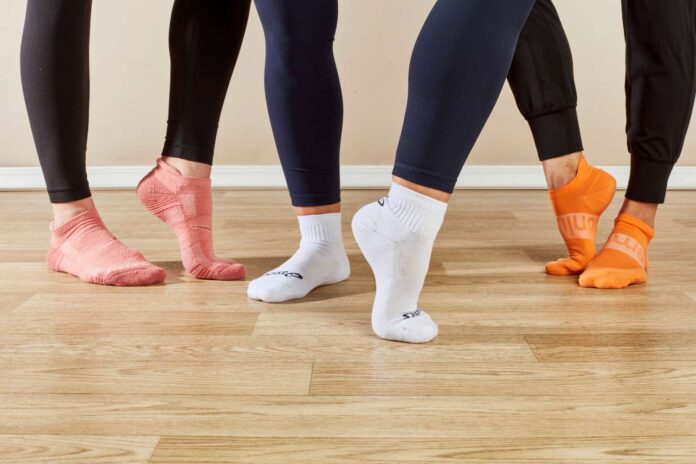
Material matters, especially when it comes to apparel that’s in direct contact with your skin. Let’s decode the fabric story:
- Cotton: Often favored for its softness, cotton is naturally breathable. However, it can retain moisture, which can be a setback for intense runs.
- Synthetic: Think polyester, acrylic, or nylon. These are the stalwarts of moisture-wicking. They’re durable, dry quickly, and often blend with other materials for added elasticity and comfort.
- Merino Wool: Nature’s answer to synthetic fabrics. It’s breathable, offers excellent moisture management, and has the added benefit of being odor-resistant.
Your choice of material can be the difference between a refreshing run and a soggy-footed ordeal. Balancing breathability with moisture-wicking is key.
Cushioning and Padding
Every step you take exerts pressure on your feet. Imagine the compounded impact over hundreds of strides during a run. Enter cushioning.
Cushioning in running socks acts as a buffer, absorbing some of this incessant pressure, protecting not just the sole but also the delicate arch of your foot.
Light cushioning can be perfect for shorter runs or for those who prefer a closer foot-to-shoe contact. However, for longer distances or rough terrains, you might want denser cushioning to safeguard against blisters and discomfort.
Moisture-Wicking and Breathability
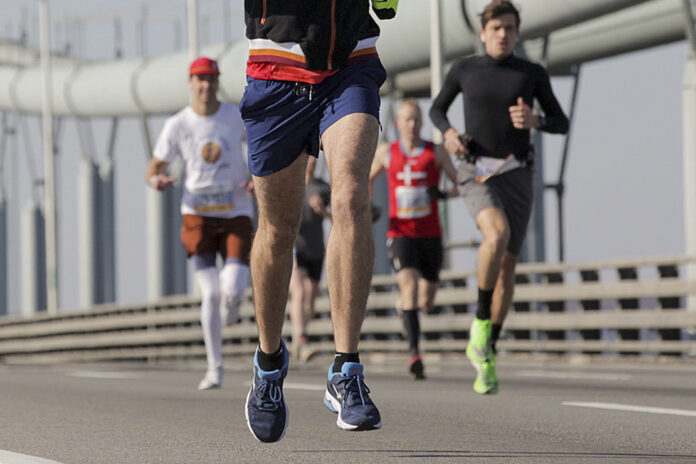
A runner’s feet are akin to a well-oiled machine—constantly moving, generating heat, and sweating. Moisture-wicking is not a fancy term but a necessity.
Socks with good moisture-wicking properties draw sweat away from the skin, pushing it to the outer layer of the sock, from where it can evaporate.
This keeps your feet dry and significantly reduces the risk of fungal infections or blisters. Parallelly, breathability ensures that as the socks tackle the sweat, fresh air circulates around the feet, preventing them from overheating.
Compression Socks for Running
While the term ‘compression’ might evoke images of medical usage, in the realm of running, it’s a game-changer. Compression socks apply graduated pressure to your lower legs, aiding in blood circulation.
Improved circulation means more oxygen-rich blood reaches your leg muscles, which can enhance performance, reduce muscle fatigue, and expedite recovery post-run.
While some runners swear by them for long runs or races, others use them post-run to speed up recovery.
Sock Fit and Size
We’ve all been victims of the dreaded “bunching sock” or the “over-stretched elastic.” It’s not just about the sock but how it fits. A well-fitting sock should contour seamlessly to your foot, without bunching or creating pressure points.
To ensure the perfect fit, always measure your foot size when shopping. Avoid choosing socks that are too tight, as they can impede circulation or too loose, leading to unwanted friction.
Remember, the right fit amplifies all the benefits a good running sock brings to the table.
Avoiding Common Sock Mistakes
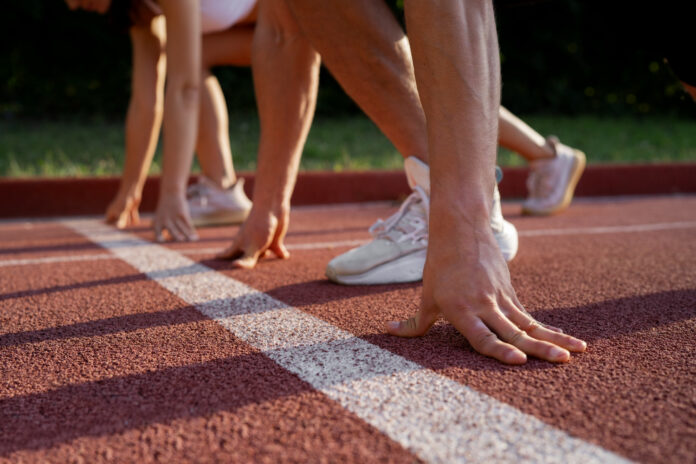
Choosing the perfect pair of running socks isn’t rocket science, but it’s easy to get lost in the myriad of choices.
Some common pitfalls include opting for 100% cotton socks (they retain moisture), choosing style over functionality, or not replacing worn-out socks regularly. Understanding your feet, the type of runs you embark on, and the conditions you’ll face are essential.
Socks for Different Weather Conditions
The environment you run in plays a pivotal role in sock choice. In sweltering conditions, opt for thin, breathable socks with excellent moisture-wicking properties.
Conversely, for cold terrains, thermal socks with a blend of merino wool might be ideal. Wet environments? Look for socks that wick moisture rapidly and have quick-drying capabilities.
Adapting your sock game to the season can make the difference between an enjoyable run and a foot ordeal.
Sock Brands and Reviews
With a surfeit of brands vying for attention, some notable names in the running sock world are Balega, Darn Tough, Feetures, and Swiftwick. While Balega is lauded for its comfort, Darn Tough’s merino blend socks are a hit for cold-weather runs.
Features bring the anatomical design to the forefront, and Swiftwick impresses with its compression range. Always check out reviews, understand your requirements, and maybe even experiment a bit to find your perfect match.
Conclusion and Final Tips
In the odyssey of finding the perfect running shoe, let’s not sideline the humble sock. As we’ve unraveled, the right pair can drastically elevate your running experience.
Prioritize fit, function, and comfort. Understand the conditions you’ll be running in and choose accordingly.

